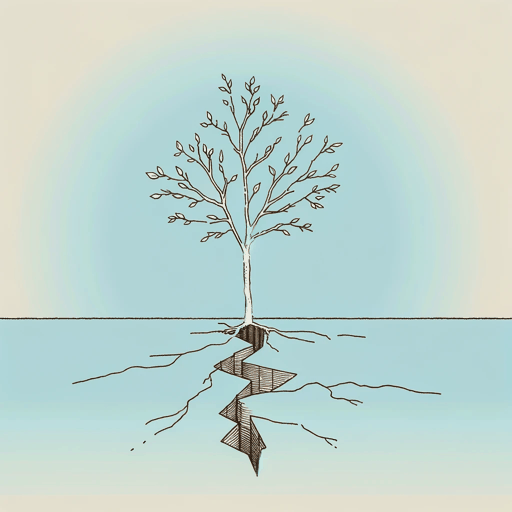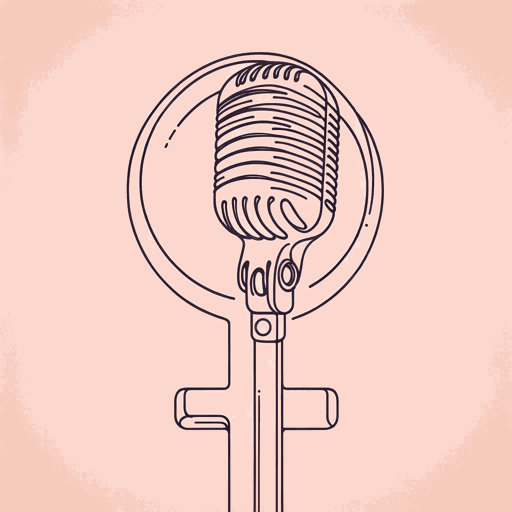44 pages • 1 hour read
Rebecca SolnitHope In The Dark: The Untold History of People Power
Nonfiction | Essay Collection | Adult | Published in 2004A modern alternative to SparkNotes and CliffsNotes, SuperSummary offers high-quality Study Guides with detailed chapter summaries and analysis of major themes, characters, and more.
Chapters 6-13Chapter Summaries & Analyses
Chapter 6 Summary: “The Millennium Arrives: November 9, 1989”
Solnit argues that the 21st century didn’t arrive on the dawn of the year 2000 but rather that several birth pangs announced it in the 20th century. November 9, 1989, saw the Berlin Wall come down and the symbolic end of the Soviet empire. That wall was erected in 1961, the year of Solnit’s birth. In the same year as this act of oppression, revolutionary events occurred, such as Rachel Carson’s finishing of Silent Spring, a polemic against pesticides that led to the ban of DDT in the US, reversed extinction of many bird species, and began the ecological movement. Solnit writes that the decade of her birth, the 1960s, is an important legacy for the new millennium because “it opened everything to question, and what seems most fundamental and most pervasive about all the ensuing changes is a loss of faith in authority: the authority of government, of patriarchy, of progress, of capitalism, of violence, of whiteness” (36). Such questioning of authority was behind the 1989 destruction of the Berlin Wall.
Related Titles
By Rebecca Solnit
Featured Collections
Challenging Authority
View Collection
Colonialism & Postcolonialism
View Collection
Community
View Collection
Contemporary Books on Social Justice
View Collection
Globalization
View Collection
Nation & Nationalism
View Collection
Politics & Government
View Collection
Popular Study Guides
View Collection
Power
View Collection
War
View Collection






